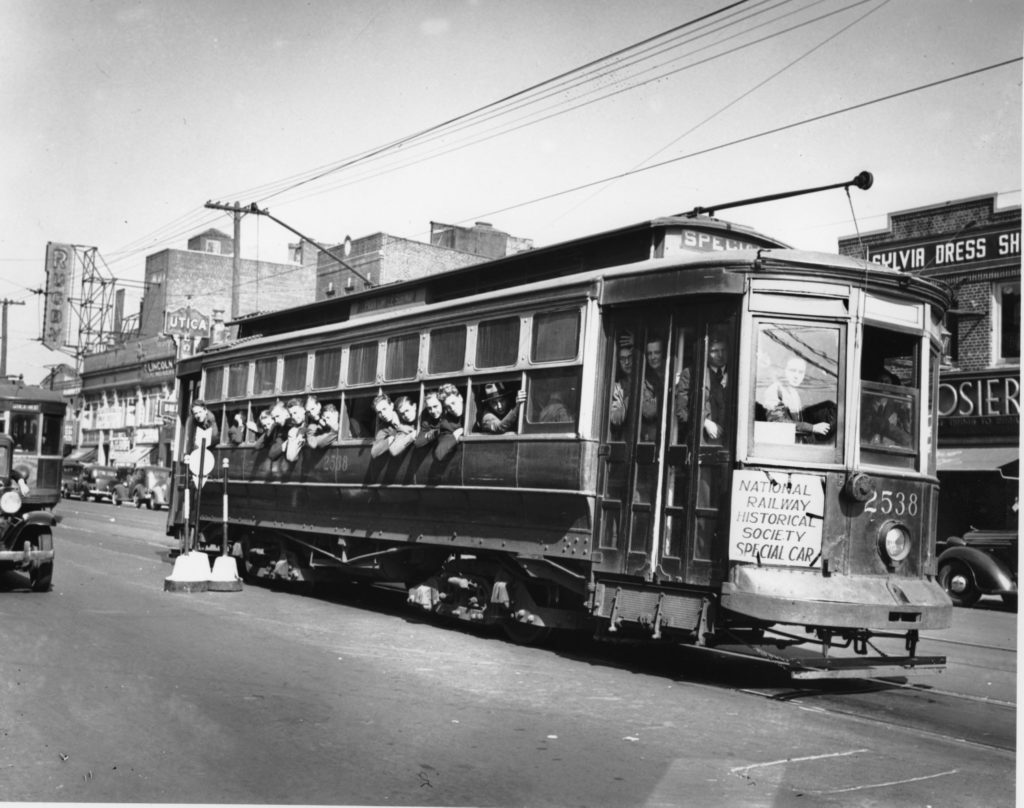I remember the Brooklyn trolleys of the 1940s

 Trolleys, or, if you must, trolley cars, were an exposition of sensory happenings. For a young boy, they were an explosion that rocked his receptors.
Trolleys, or, if you must, trolley cars, were an exposition of sensory happenings. For a young boy, they were an explosion that rocked his receptors.
Yes, “Clang, clang, clang, went the trolley.” You could hear that distinctive sound from blocks away. It was best to heed the warning it called to you. “Watch Out! I’m Comin’.” Trolleys were notorious for not stopping very quickly. But it was that bell. Piercing. Nothing sounded like it then, now, or ever.
The seats, smooth as ice from years of people sliding in and out of them, from one side to the next, were as comfortable as a block of cement. “Hold on,” mom would say and rightly so. Not exactly poetry in motion, they were always in motion. They bumped, swayed, and lurched. And they did so with the squeal of metal wheels negotiating the indentations of metal tracks. Deafening.

Brooklyn Boro
View MoreNew York City’s most populous borough, Brooklyn, is home to nearly 2.6 million residents. If Brooklyn were an independent city it would be the fourth largest city in the United States. While Brooklyn has become the epitome of ‘cool and hip’ in recent years, for those that were born here, raised families here and improved communities over the years, Brooklyn has never been ‘uncool’.